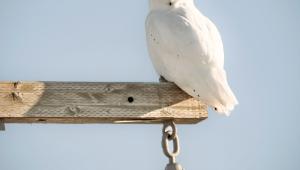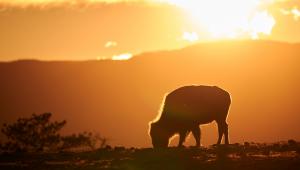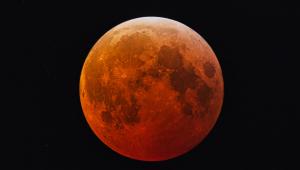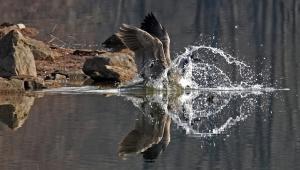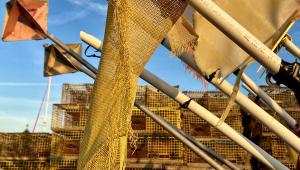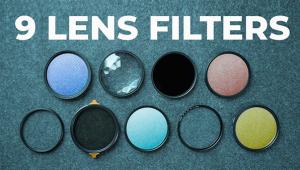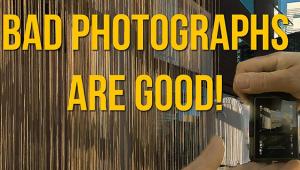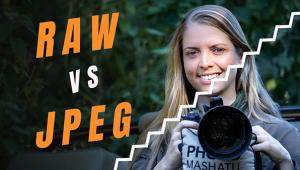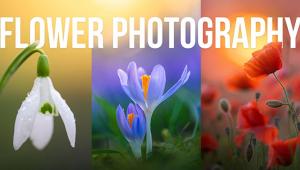Agency VII; Photographers Controlling Their Destinies
Seven of the world's leading photojournalists and documentary photographers came together to form Agency VII on September 9, 2001, just two days before our world changed forever.
 |
|
|
Gary Knight, born and based in England, is a widely published journalist and
award-winning photographer who was the driving force behind the group. He realized
early on the value of the idea of VII Photo Agency. As chairman of the board
he was joined by New York-based Antonin Kratochvil, whose images of conflict
in Romania, child survivors in Guatemala, Mongolia, Shanghai, and Beijing, as
well as the destruction in Afghanistan, has earned him numerous awards.
Forty-year-old John Stanmeyer lives in Indonesia and has been a contract photographer
for Time magazine since 1998. Focusing mainly on Asian issues, he has received
awards for his major work in Vietnam, Pakistan/India, the Sudan, and Afghanistan.
 |
|
|
American-born Ron Haviv is a multiple award-winning photojournalist who has
produced some of the most important images of our time. He has covered issues
from the drug wars in Columbia to conflicts worldwide and has produced a widely
published
body of work, including his book The Road to Kabul about the war in Afghanistan
in 2002.
Haviv invited New York-based James Nachtwey, multiple recipient of the Robert
Capa Award and World Press Photo Award, to join the group. A powerful representative
of the best in photojournalism, Nachtwey has documented the Vietnam War, the
American Civil Rights Movement, strife in Kosovo, Bosnia, Rwanda, and most recently
the war in Iraq.
 |
|
|
Alexandra Boulat (Paris born and based) and Christopher Morris (currently
based in Washington) completed the seven original members. Boulat, daughter
of Life magazine photographer Pierre Boulat, is known for her work in Indonesia,
Afghanistan, and Israel and was among the first photographers stationed in Baghdad
when the war began. Morris covered foreign conflicts in Afghanistan and was
most recently with the 3rd Brigade of the Army's 3rd Infantry Division
in Iraq.
Once the agency was up and running they invited California-based Lauren Greenfield,
whose documentary photographs of girls living their lives through the doctrines
of pop culture have captivated a wide audience here and abroad. Danish Joachim
Ladefoged, widely published in Geo, Newsweek, and Time and winner of the 1998
World Press Photo "People in the News" Award, was the last to join
the group, based on the high quality of his output.
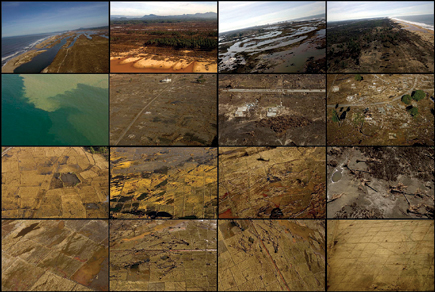 |
|
|
The small group of friends who had photographed together in conflicts around
the world saw that the industry was changing and it was becoming apparent that
as photographers they would fare better by taking responsibility for their own
careers and empowering themselves to move in both the world of business as well
as in their photography.
"We didn't invent anything new," Haviv says. "Obviously
it was like Magnum and other cooperatives that for many years have done well."
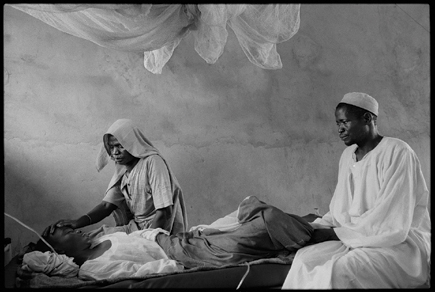 |
|
|
Referring to the buyout by Corbis of Saba Press Photo, where four of the VII
photographers were connected, Haviv says, "It became apparent that we
didn't really control our destinies as photographers being represented
by a company we had no stake in. So that is how it started. We thought it was
a good idea and were trying to put our own stamp on it."
The decision was made to base the international photo-collective VII in Paris,
since the majority of photographers were either on contract with US magazines
or had strong relationships with the US market. "Europe is a place where
stories are often resold to publications like Paris Match or Stern, so it made
sense in the beginning for us to base in Paris and eliminate the middle man,"
Haviv says.
- Log in or register to post comments






